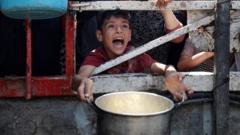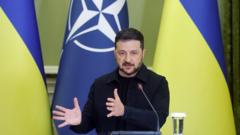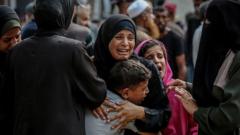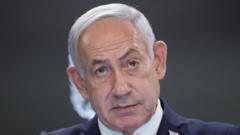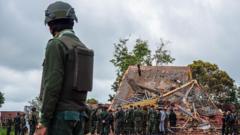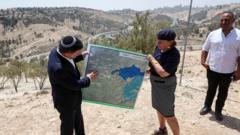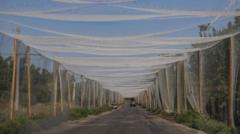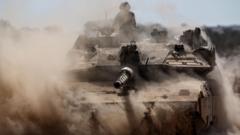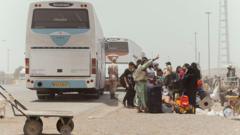Following a series of airstrikes aimed at Iran's nuclear sites, Israel succeeded in diminishing vital military resources and eliminating top nuclear scientists. However, crucial elements of Iran's nuclear program are still operational, particularly in Isfahan, where the main stockpile remains unscathed. The implications of this strategic decision continue to generate debate among experts and officials.**
Unfolding Crisis: Israel Targets Iran's Nuclear Ambitions but Leaves Stockpile Intact**

Unfolding Crisis: Israel Targets Iran's Nuclear Ambitions but Leaves Stockpile Intact**
Israel's recent strikes on Iranian nuclear facilities resulted in significant damage and the death of key officials, yet left the primary stockpile untouched, raising questions over future strategies.**
On June 13, 2025, Israel launched a significant assault targeting Iran's nuclear infrastructure, inflicting heavy damage at a key uranium enrichment facility while also resulting in the deaths of several high-ranking military and scientific individuals. Despite these developments, much of Iran's nuclear capability remains intact, particularly the critical stockpile of near-bomb-grade material stored in Isfahan.
The Israeli military's actions focused heavily on Natanz, a central site of Iran's uranium processing operations. Command centers and centrifuge equipment suffered substantial impairment, consistent with a long-standing Israeli strategy aimed at crippling Iran's potential for nuclear weapons development. Despite the impact of these strikes, analysts noted that the most critical component of Iran’s nuclear program - their fuel stockpile - was not targeted in this initial wave of attacks.
International monitoring agencies, including the International Atomic Energy Agency (IAEA), have previously reported the presence of this fuel stockpile located in a facility near Isfahan, highlighting its significance for any rapid nuclear armament. Israel's choice to withhold strikes on such a critical area has prompted speculation regarding the motivations behind this tactical decision, especially given Israeli Prime Minister Benjamin Netanyahu's historical stance on preventing Iran from achieving nuclear capabilities.
During subsequent operations, the Israeli Defense Forces did attempt to strike laboratories associated with converting uranium gas into metal—a necessary step in plutonium weaponization—but did not report any direct hits on the stockpile itself. IAEA director Rafael Mariano Grossi underscored the presence of this material just days prior to the attacks, raising concerns about the implications of its continued existence.
With the historical tensions between Israel and Iran escalating, the strategic decisions taken during these military actions may have far-reaching consequences for both regional and global security, particularly as experts debate Israel's long-term objectives in its confrontations with Iran. The situation remains fluid, and global observers are keenly watching for any shifts in strategy or further developments in the ongoing conflict.

